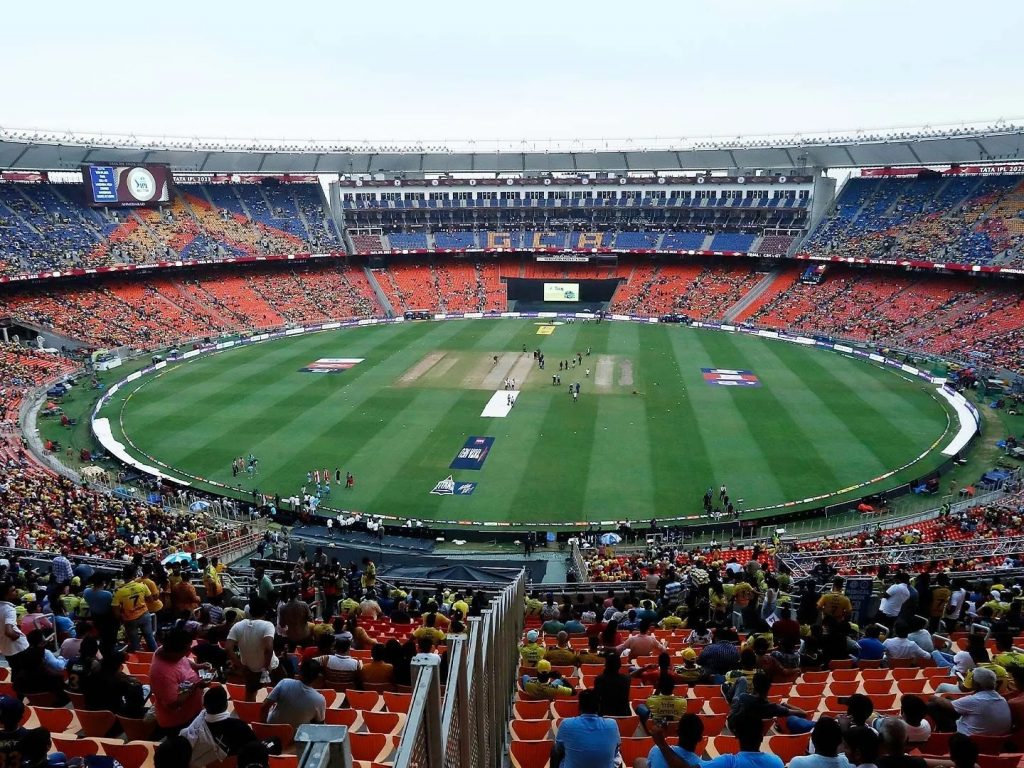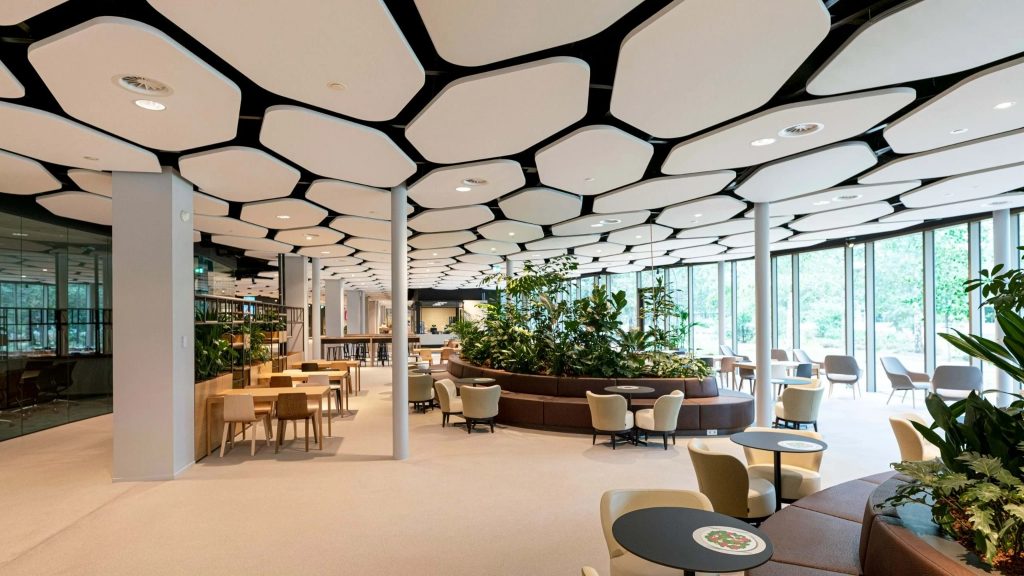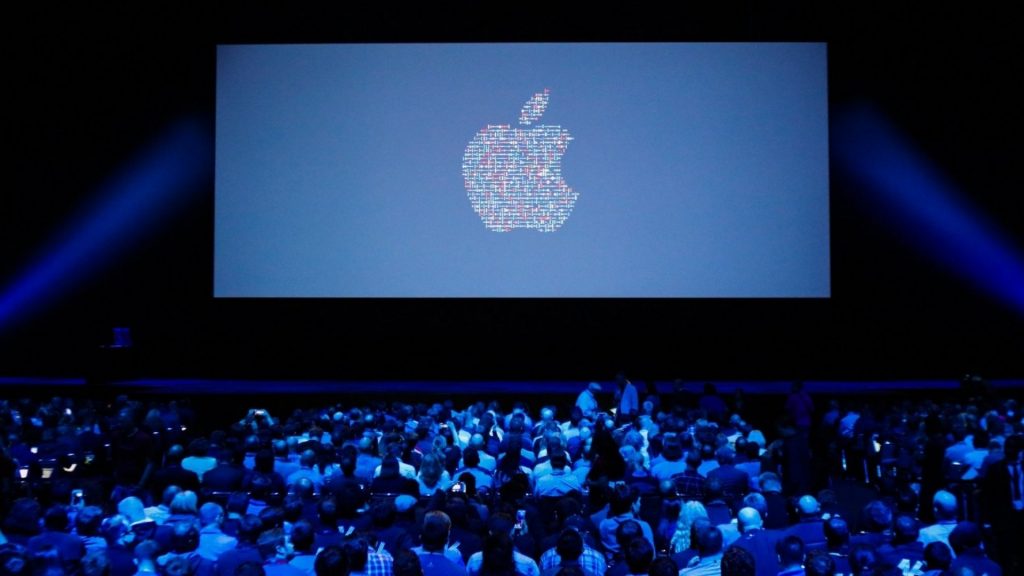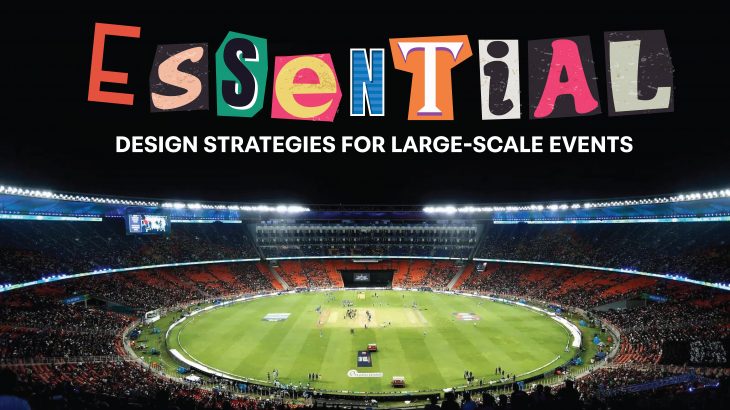Great design makes an experience unforgettable. When it comes to large-scale events— product launches, award shows, trade expos, conferences, or stadium concerts, interior design plays a far bigger role than just looking good. It becomes a strategic tool to manage space, movement, experience, and brand storytelling. But designing interiors at such a scale comes with its own set of challenges. Let’s dive into the key design issues for massive events and the innovative solutions that make them work.
Design That Moves the Crowd
One of the biggest challenges in a large-scale event is managing crowd flow. Take an IPL match, for instance—thousands of fans pour into stadiums within a short time window, all looking for their seats, food counters, and restrooms. Behind the scenes, this calls for smart spatial planning. Multiple entry points, intuitive signage, wide corridors, and clearly zoned seating areas are all part of a well-thought-out design strategy.

For interior designers, this highlights the importance of planning for human behaviour. Understanding how people move through space, identifying potential bottlenecks, and using design elements like lighting and signage can dramatically improve the visitor experience.
Bringing Warmth to Wide Spaces
Huge venues can often feel cold or impersonal, especially when they’re not filled to capacity. One way to counter that is by breaking the space down visually and experientially. The Jaipur Literature Festival at Diggi Palace does this beautifully. Instead of leaving its vast lawns open and undefined, the festival uses temporary dividers, color-coded furniture, and decorative arches to carve out smaller zones with distinct personalities. These pockets become ideal spots for intimate readings, spontaneous conversations, or quiet reflection.

For design students, it’s a reminder that simple design moves, such as spatial zoning, layered layouts, and thoughtful lighting, can make even the grandest venues feel more inviting and human.
Quieting the Chaos
Sound is often overlooked in event spaces, but it can make or break the experience. Large venues—especially those built with lots of concrete, glass, or metal—tend to have poor acoustics. Sounds bounce around, creating echoes that make it hard to hear speakers or enjoy performances.

Mastering acoustics is one of the essential skills for an interior designer—especially in large-scale spaces where sound can easily bounce and blur. Clever design choices like sound-absorbing wall panels, carpeted floors, and special ceiling treatments can make all the difference. Knowing how to control sound through material selection and spatial planning plays a big role in shaping a comfortable, high-functioning event environment.
Balancing Style and Safety
One of the trickiest parts of designing for large events is making sure the space looks great and follows all the safety rules. Things like fire exits, how much weight a floor can handle, or where emergency lights should go are all non-negotiable. But that doesn’t mean design has to suffer. Madison Square Garden in New York is a great example. It meets all the strict safety requirements, but you’d barely notice—fire exits blend into sleek LED-lit corridors, and the seating and stage setups are flexible yet fully secure.

What’s smart here is that safety was considered right from the start, not added in later. When designers and engineers work together early on, they can create spaces that feel seamless, where safety features don’t interrupt the vibe but quietly support it. It shows that with a bit of planning and teamwork, you don’t have to choose between function and aesthetics; you can have both.
Branding That Fills the Room
When it comes to large events, making sure the brand message comes through clearly across every corner of the venue is no small task. Without deliberate planning, brand identity can get diluted. Apple’s product launches offer a strong case study in cohesive brand experience. Everything—from the stage design and lighting to the choice of materials, even the scent in the air—matches their clean and minimal brand style.

Graphic design students should understand that branding is more than placing a logo; it’s about building a consistent mood and visual identity—one that the audience can instantly recognize and connect with, without even seeing the name.
Designing for Flexibility
In today’s fast-moving event world, a single space often needs to serve multiple purposes within hours. A hall might start the day with a big keynote speech, then shift to small breakout sessions, and later transform into a dinner venue. That’s where flexible design becomes a game-changer. Designing spaces with movable walls, motorized ceiling panels, and smart lighting systems that can adjust instantly based on the event’s needs.

This kind of setup makes transitions smooth and saves both time and effort. It also avoids the need for entirely separate spaces for each activity. Thinking beyond fixed layouts and planning for adaptability means your design can work harder, fit more uses, and even be more cost-effective in the long run.
If you’re someone who dreams of designing for stadium concerts, exhibitions, or international expos, our Interior Design program gives you the tools to think big. At ARCH, students build a strong foundation in both creative vision and technical skills, empowering them to design everything from cozy homes to expansive commercial spaces. The curriculum combines hands-on learning with the latest design trends and technology, ensuring that students stay ahead in the ever-evolving field. From concept to execution, we help aspiring designers understand how to bring life to massive venues. Ready to design spaces that wow thousands? This is where you start!
